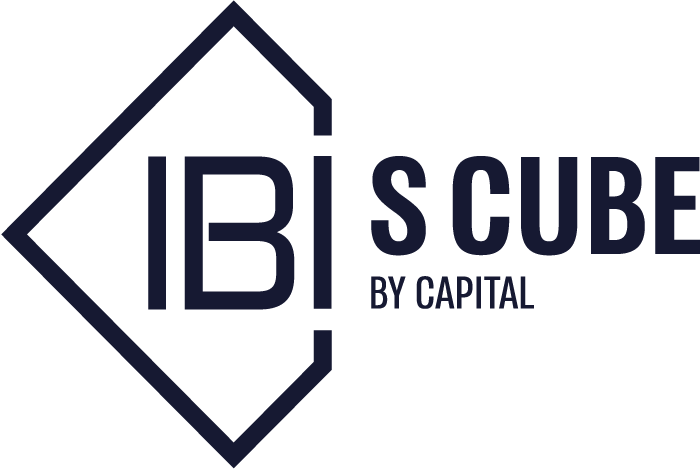Everything you need to know about intangible assets before transferring the IP out of Israel – how do you determine the value of a company’s IP? When is a valuation necessary? Which companies are expected to go through the process easily and when are difficulties to be expected?
The uncertainty surrounding Israel’s legal system due to the government’s proposed reforms poses challenges for private Israeli technology companies seeking funding. Investors are hesitant to invest in Israeli companies until there is clarity about the legal environment. In some cases, investors even condition their investment on transferring the company’s IP outside of Israel. This transfer can be achieved through a “corporate inversion”, but it is important to differentiate between old and new companies.
For new companies in the growth phase, a corporate inversion is relatively simple, involving minimal expenses and usually no actual tax payments. However, for older and profitable companies, the process is more complex and demanding, requiring significant time and resources, and often results in higher tax payments. Regardless of the company’s situation, transferring the IP is equivalent to selling it, necessitating a valuation to determine the applicable tax. By understanding these distinctions and navigating the process strategically, companies can make informed decisions about IP transfers and manage potential challenges.
What are intangible assets and IP?
Intangible assets, of which IP is a subset, are assets whose physical, and hence also legal, characteristics are different from those of tangible assets that are easier to perceive and define. Tangible assets such as a factory, tractor, or computer are by their very nature under the control of their owners and generate a benefit or profit for their owner in an easily identifiable way. In contrast, identifying intangible assets can be more challenging, although they share properties similar to tangible property, such as the possibility of being transferred, sold, or licensed. IP encompasses various types of assets, including technology, knowledge, brand, design, and trade secrets. Companies may also possess many other intangible assets such as customer relationships, non-competition agreements, backlog, and human resources.
Can a company have multiple intangible assets?
Yes. In fact, most companies have a range of intangible assets. For example, a company can simultaneously hold IP such as a patent, technological knowledge that is not patentable, a trade secret, and a brand. Simultaneously it might have many other intangible assets such as a non-compete agreement with the engineer who developed the technology and a valuable customer list.
When is valuing the company’s IP necessary?
Companies are obligated to conduct IP valuations whenever intangible assets are transferred, whether through sales or transfers to other entities. For instance, during M&A transactions, the acquiring company must carry out a Purchase Price Allocation (PPA) to allocate the purchase price between tangible and intangible assets and determine the value of goodwill, which forms the basis for periodic impairment tests. Similarly, spin-off transactions, where a company grants the right to use its IP, necessitate a valuation to set transaction pricing. Additionally, when selling IP to another company in Israel, the Israeli Tax Authority often asserts that the value of the entire company, excluding tangible assets, equals the value of the IP, making a valuation crucial to reduce the tax liability. It is also important to be aware that simultaneous transfers, such as transferring employees to the receiving company alongside the IP transfer, may result in a higher tax liability as it is considered a transfer of activity by the Israeli Tax Authority.
IP valuation also plays a pivotal role in “technical” sales like corporate inversions, which have garnered substantial attention lately due to legal uncertainties in Israel. Such inversions involve transforming an Israeli company into a subsidiary of a foreign-registered entity. For companies that have received grants from the Israeli Innovation Authority, any IP removal from Israel is considered a sale, potentially leading to the imposition of fines or penalties. On the other hand, carrying out an inversion while leaving the IP with the new Israeli subsidiary is unlikely to result in penalties.
Why is IP valuation more complex than company valuation?
The valuation of intellectual property (IP) employs methods similar to those used for valuing companies. However, there is a fundamental difference between the two processes. While valuing a company requires estimating its entire enterprise value, IP valuation focuses solely on identifying the specific value attributed to the IP itself.
In the case of company valuation, we typically have access to comprehensive information about the entire entity, such as financial reports, management forecasts, and budgets. However, when valuing IP, additional analysis is needed. Apart from assessing the overall business performance of the company, the valuation process necessitates isolating and analyzing relevant data specifically related to the IP.
What is the difference between company value and IP value, and why is there usually a large gap between these values?
If a company has no business activities or assets other than IP, than the company value is simply the IP value plus the net cash in the company. However, this is rarely the case except in very early stage startups. Usually, a company’s business activity is the main value generator, especially in mature companies, and the IP only accounts for a small portion of the company’s value.
How is the IP value of a company determined?
The most accepted methods for IP valuation are the Relief from Royalties Method, the Multiple-Period Excess Earnings Method, the Net Asset Value Method, and the With or Without Method. The choice of valuation method is based on the particulars of the IP and the company’s circumstances, as detailed below.
Relief from Royalties
The Relief from Royalties method is based on the principle that if a company owns the valued IP, it is exempt from paying royalties for its usage. The main challenge with this approach lies in identifying the appropriate royalty rate prevailing in the market, which must align with factors such as similarity of the IP, the technology’s life stage, and the structure of the transaction.
Multiple-Period Excess Earnings Method (MEEM)
The main idea underlying the MEEM is that the value of the IP is derived by isolating and capitalizing the profit that the company derives from the use of the existing IP. The main challenge is to isolate the cash flow attributed only to the valued asset.
Net Asset Value (NAV)
This is essentially the cost approach, which is only used if there is no ability to predict cash flows derived from the IP. This method is considered inferior to the other options and is only used when the other methods are not viable. In this case, the value of the IP is estimated based on the amount invested so far in developing or obtaining the IP or alternatively as an amount for which the valued IP can be sold.
With or Without
Within this method, the value of the company is assessed twice – in the first scenario, the value of the company is assessed based on the forecasted cash flows, including the use of the IP. In the second scenario, the value of the company is estimated based on the projected cash flows if the company did not have the valued IP. The IP value is the difference between the two different scenarios.
The bottom line
When considering taking IP out of Israel and performing corporate inversions, it’s essential to distinguish between new companies in the growth phase and old, profitable ones. For new companies, corporate inversions are relatively straightforward, and they may choose this path to secure funding from foreign investors amid uncertainty about Israel’s legal system. However, for established companies, the process is complicated, time-consuming, and resource-intensive, often results in higher tax payments, and brings limited economic benefits.
Transferring IP outside of Israel and conducting corporate inversions is a complex matter, demanding a thorough assessment tailored to each company. Factors like recent transactions, planned future deals, and the perspectives of entrepreneurs, and local and foreign investors must be carefully considered. While challenges and obstacles can be expected throughout the process, both entrepreneurs and investors in the technology sector can overcome these with creativity and determination. By carefully evaluating the feasibility and potential outcomes, businesses can make informed choices regarding IP transfers and corporate inversions, optimizing their strategies to protect their assets and maintain competitiveness.
Daniel Guterman is the Head of IP & Economics of S Cube of IBI Capital, the largest provider of valuation services to technology companies in Israel.
The above is provided for informational purposes only and should not be considered complete and/or exhaustive information of all aspects involved in the corporate inversion process. The aforementioned does not constitute legal, financial, taxation, or economic advice or a substitute for any professional or personal advice. IBI Group and/or any of the Group’s companies will not be responsible for any loss or damage caused to any third party due to reliance on the above information.



